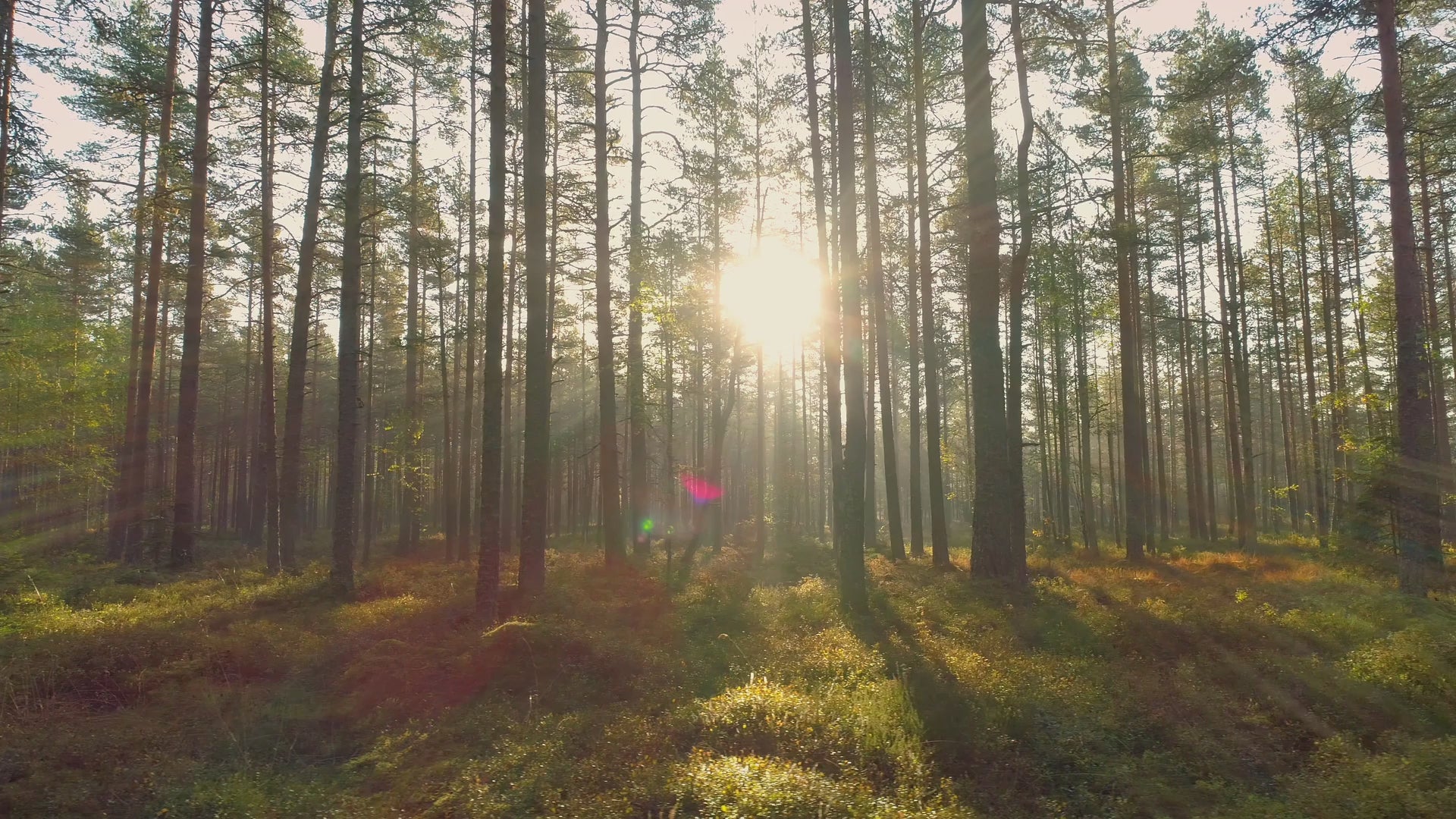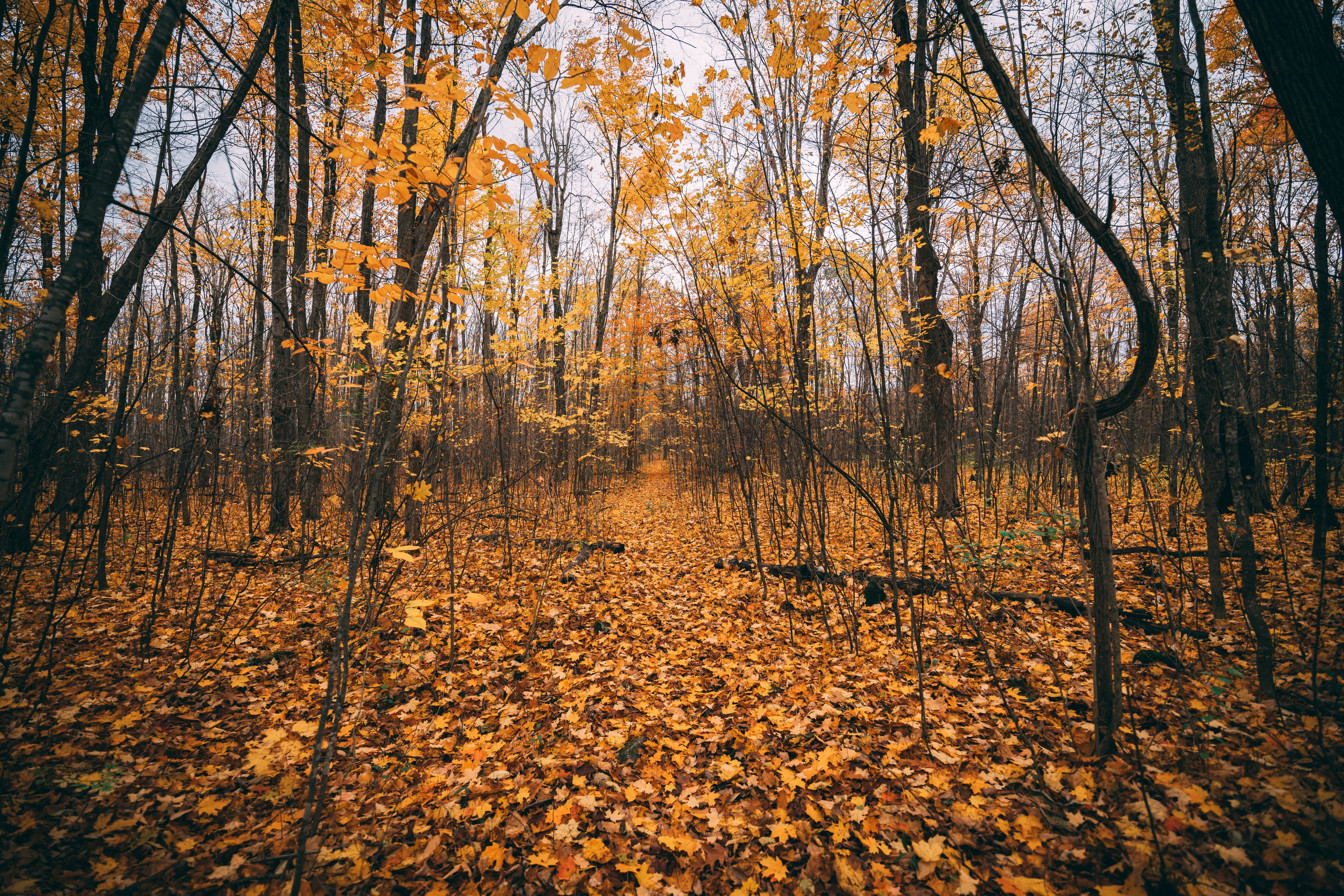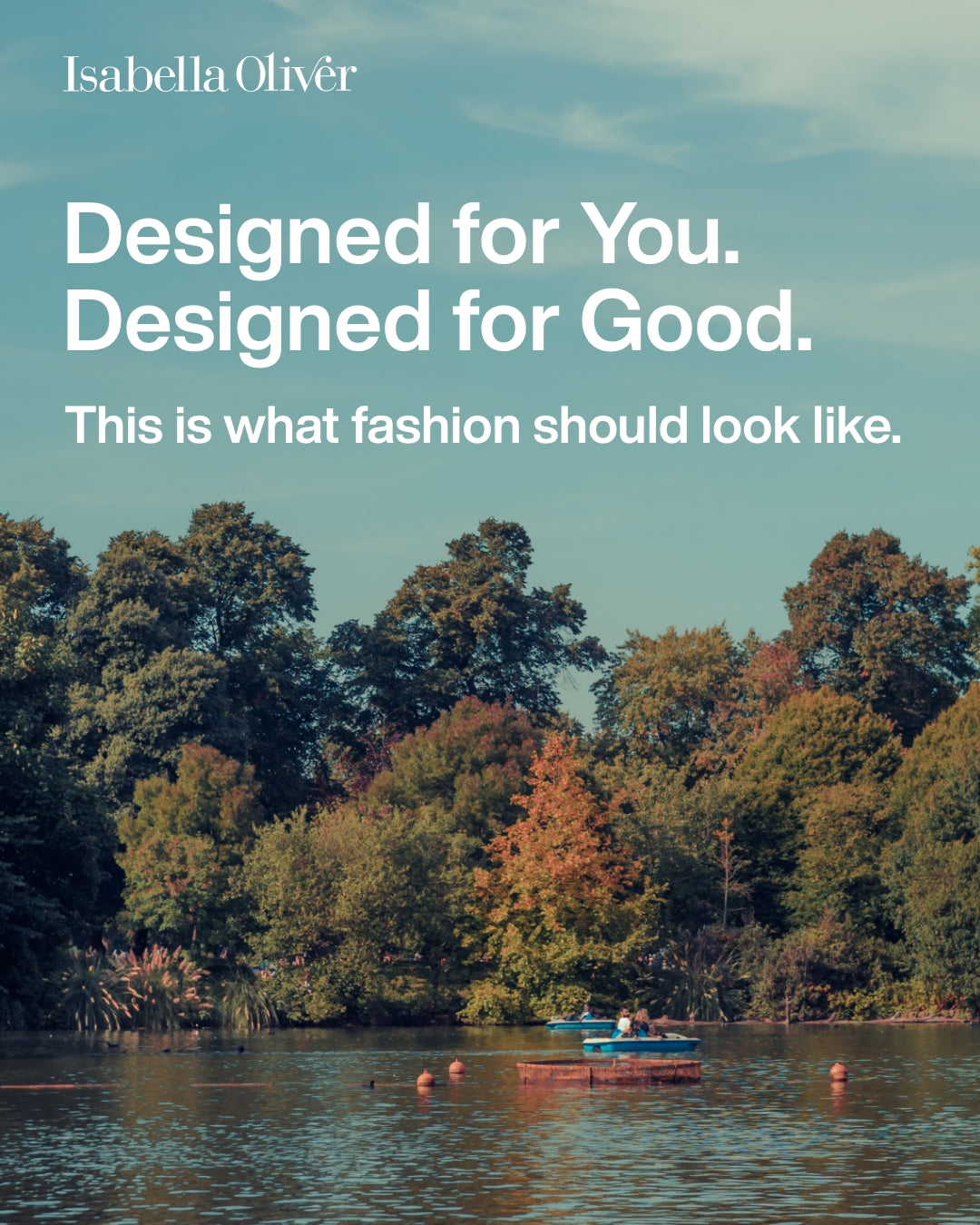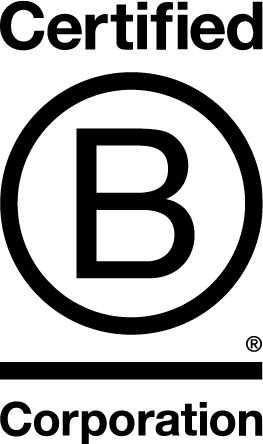
Lets Simplify.
We use a lot of technical language and our own House of Baukjen terminology across our communications, some of which have different definitions compared to other brands and even dictionaries. We are privileged to be a company with sustainability embedded in its core, and therefore, the lingo is second nature to us. The Glossary allows complete transparency and education on our communication, allowing no greenwashing.
Carbon Footprint
KgCO2e
Kilograms of carbon dioxide equivalent (kgCO2e) is a standardised metric used to measure the impact of greenhouse gas (GHG) emissions by comparing them to the effects of carbon dioxide (CO2), allowing them to be expressed as a single value. The greenhouse gases were defined during the 1992 Kyoto Protocol (and are nicknamed the Kyoto Gases) and include:
- Carbon dioxide (CO2)
- Methane (CH4)
- Nitrous oxide (N2O)
- Hydrofluorocarbons (HFCs)
- Perfluorocarbons (PFCs)
- Sulphur hexafluoride (SF6)
KgCO2e is calculated by comparing the global warming potential (GWP) of each gas – how much infrared radiation each gas absorbs and how long it retains heat in the atmosphere – relative to carbon dioxide's properties. We use this to understand the sustainable footprint of our garments and fabrics through the B.S.I’s ‘Global Warming’ metric and our Low Carbon attribute.
KgPO4e
Kilograms of phosphate equivalent (kgPO4e) is a standardised metric used to assess the eutrophication potential of various substances. Eutrophication is the process where nutrient accumulation in water bodies leads to excessive algae growth, disrupting aquatic ecosystems. KgPO4e takes numerous compounds and simplifies into their comparison to phosphate (PO4) impact. For instance, 1 kg of ammonia has a eutrophication potential equivalent to 0.35 kg of phosphate. Nitrogen has several compounds, including ammonia (NH3), that cause eutrophication alongside phosphates. These are typically found in fertilisers, therefore many of our plant-based fibres will have a high ‘Eutrophication’ B.S.I. score.
Sustainability Index
Our unique scoring system evaluates the environmental impact of our products using LCA data that we then ‘normalise’ into allowing us to score impacts in a scale from 0 to 100 and therefore allow you to understand footprints more easily. Starting AW25, we’ve removed social metrics after reviewing their effectiveness and transparency. Using numbers for a wholly qualitative subject will always make it difficult to score fairly. Instead, we will be introducing more detailed information on product origins, such as where they’re dyed and woven, directly on product pages – information already included on our care labels. You will find the I.S.I. scores at the bottom of the product page; a high-scoring product has less impact on the planet.
I.S.I. Global Warming (30%)
This metric measures the carbon emissions emitted during production, measured through KgCO2e. We minimise our carbon footprint by choosing low-carbon fibres, dyeing practices, weaving types, and manufacturing primarily in Europe.
I.S.I. Water Use (20%)
This metric evaluates water consumption in cubic metres (m³) and regional water scarcity during production. Water is one of the planet’s most precious resources, but there is a rapid decrease in clean water availability across the world. Our development team works to reduce this by choosing fibre and dyeing types that use minimal water and selecting countries to manufacture in that have strict water conservation regulations.
I.S.I. Resource Depletion (20%)
This metric assesses the megajoules (MJ) of energy consumed during production relative to resource availability. We mitigate resource depletion, especially of non-renewables like fossil fuels, by opting for recycled materials and efficient processes.
I.S.I. Eutrophication (15%)
This metric measures the KgPO4eof nutrients released during production, which can disrupt aquatic ecosystems by promoting excessive algae growth. Entire lakes have been decimated by eutrophication. We prioritise minimising nutrient pollution to protect water bodies and maintain ecological balance. This is impacted by the fibre source and preparation steps, which are manipulations to the woven fabric or yarn that ensure maximum comfort and lifecycle.
I.S.I. Use of Chemicals (15%)
This metric reviews the chemical handling and choices throughout the production process. This process is reduced by using facilities certified under standards that regulate toxic chemical use and have strict handling requirements, such as using organic cotton instead of conventional because organic certifications require strict handling across the entire supply chain. We adhere to standards like REACH UK to limit toxic chemical use, favouring certified facilities to reduce pollution and health risks.
Sustainability Attributes
Our attributes have been an important way for us to showcase the most important details of our products and help them shine. As of AW25, we will be introducing new attributes for both design and contentto better present our sustainable achievements.
 Made in Europe
Made in Europe
This attribute is exactly what it says on the tin: products that are made in Europe. The total distance travelled as a garment is greatly reducedwhen made in Europe in comparison to production in countries in Asia, for example. Also, the social and ethical standards set by the European Union ensure workers are better protected with living wages, safe conditions, regulated working hours, and no child labour.
 Women-Led Factory
Women-Led Factory
We pride ourselves on being a feminist company, from our customers and employees to our manufacturing partners. This attribute allows us to further promote the factories that we work with that have at least 25% women’s ownership.
 Water Stewardship
Water Stewardship
Water is the world’s most needed resource. The fashion industry has and continues to use up this precious resource during crop production and wet processing (dyeing and washing). It is important that we share with you that we are working with factories that are actively reducing their wastewater pollution, protecting waterways from toxic chemicals.
 Renewable Energy
Renewable Energy
We are accountable for all the carbon that is released during our products’ manufacturing and processing, so it is important for us to work with our partners to reduce our carbon emissions. This attribute highlights suppliers that have at least 30% of their energy powered by renewable sources, typically on-site solar panels.
 No Air Transport
No Air Transport
Sourcing our garments within Europe means we can readily access road transportation for our stock to reach our warehouse in Luton. We are proud that we do not use air transport, ensuring that we plan our production launches to accommodate any delaysandare flexible with our launch dates. Air transportation has a much higher footprint than road, GHG emissions factors for 2025 have beenset for freighting goods’ a 51% increase of kgCO2e per tonne of goods shipped per kilometre via short-haul flights against the average van freighter, meaning air transportation will have double the impact to road.
 Plastic-Free Fibres
Plastic-Free Fibres
We felt it was important to highlight products that contained no plastic, products that would in turn release little to no microplastics, and support agricultural industries from their natural fibre origins. Plastic-free Fibres is an attribute that we will be increasing year by year as we reduce our use of plastics. This is no mean feat; over 70% of our collection uses elastane, a petrochemical based plastic. This attribute also relates to our dedication to Sustainable Development Goal 14, specifically to ‘reduce marine pollution from plastics’, where microplastics have been found in all waterways across the world.
 Deadstock
Deadstock
Deadstock, or surplus fabric, are textiles that are leftovers from sampling or production runs, typically from overproduction or featured quality issues that the original buyer rejected.Products with this attribute have been made with material(s) that are at least two years old and confirmed as not in the current productionrun/stock. Using surplus fabric allows us to create limited-edition pieces that we hope become heirlooms and treasured items.
 Raw Material Traced
Raw Material Traced
It is notoriously difficult to trace garments straight back to source, with so many different players involved, the fashion industry can seem a bit like the wild west. Legislation is coming into play to ensure our industry is regulated, similar to how the food industry is. That is why it’s important we highlight products that have their raw material traced; products with this attribute have had its fibre’s country of origin confirmed. For products that have the entire supply chain traced, we apply the Transparent Supply Chain (read more below) attribute.
 Mono-materials
Mono-materials
A circular fashion future must include recycling, returning garments back to a fibre to create new goods in an infinite loop. Recycling centres for garments are small enterprises, but the industry is growing in size and accommodating mixed fibre fabrics. It will always be easiest to recycle goods that are made from one fibre, or mono-materials, and so this attribute is awarded to those styles so you can purchase goods with a circular practice.
 Regenerative Fibres
Regenerative Fibres
Regenerative agriculture practices traditional farming techniques that protect farmers and animals while improving the health of the farm. This way of farming focuses on the biology and fertility of the soil as a driving force for the health of the whole farm ecosystem. Generally, the methods used will cover protecting the soil from erosion by using cover crops, returning nutrients to the soil, and encouraging cohabitation of different species to promote biodiversity. This attribute is awarded to products that have at least 50% of their fibres from a regenerative farm that prioritises biodiversity protection.
 Regenerated Cellulosic Fibres
Regenerated Cellulosic Fibres
Also known as man-made cellulosic fibres (MMCFs), regenerated cellulosic fibres is a fancy term for fibres that have been manipulated from plants into almost their raw form, cellulose. Most MMCFs have been made with wood pulp from eucalyptus, spruce, beech, and birch. Cotton is also becoming a common input for regenerated cellulose, particularly as a way to chemically recycle short-length cotton fibres that are not stable enough to be twisted into yarns and fabrics. Products with this attribute have at least 50% regenerated cellulosic fibre origins.
 Recycled Fibres
Recycled Fibres
The future of fashion is circular – recycling has to be one of, if not the main source of fibres, if we are to meet goals in reducing rising temperatures. The UNEP estimates that 12% of greenhouse gas emissions in 2018 for the apparel and footwear value chain come from the fibre production. Recycling cuts out all the carbon emissions, water consumption, and chemical pollution that new production uses during the first stages of processing.
 Organic Fibres
Organic Fibres
Organic means that the clothing is made from raw materials raised or grown in compliance with organic agricultural standards. Organic clothing may be composed of cotton, hemp, bamboo, ramie, wool, as well as other natural fibres. Textiles with this credential require a certification in agricultural standards such as OCS for organic cotton.
 Natural Fibres
Natural Fibres
Natural Fibres are just what the name says: they are grown by Nature and not processed in any way that would alter their integrity or chemical structure (see Regenerated Cellulosic Fibres). They can be vegetable (such as cotton, linen and hemp) or animal (such as wool, silk and alpaca). We are proud that natural fibres make up, on average, 45% of our annual materials portfolio. Products with this attribute contain at least 50% natural fibres.
 Mulesing-free
Mulesing-free
The practice of mulesing is an unnecessary and painful process for sheep that was deemednecessary to prevent flystrike. Mulesing is banned across the world, except for Australia, where it is continued to be practiced; we only work with mills that source their virgin wool from mulesing-free suppliers, confirmed in a letter of declaration and country of origin confirmation. We are proud to use this attribute and will always apply it to virgin wool products.
 Plastic-Free Packaging
Plastic-Free Packaging
Our B2C packaging is entirely made of FSC paper and cardboard, printed with water-based inks, and is sealed with a certified biodegradable glue strip. It is completely plastic-free, recyclable or home compostable. This attribute applies to all of our products.
 Biodiversity: Aquatic
Biodiversity: Aquatic
It is not enough for us to focus our sustainable goals into carbon emission reduction – our impact on the planet transcends this with our deforestation, soil depletion and water contamination (to name just a few). The WWF defines biodiversity as all the different forms of life found in one area, like animals, plants and bacteria. We have separated the “areas” as Terrestrial or Aquatic. This aquatic attribute will cover ecosystems like rivers, lakes, seas, oceans etc., and will highlight products that have been designed or made with materials that have a reduced impact on aquatic systems. This can include products that have fibres with little microfibre release, or a waterless dyeing technology with dye waste recycled back into the system, thus leaving water pollution-free.
 Low Water Consumption
Low Water Consumption
The Low Water Consumption credential is given to products when the material has a Water Use score of at least 16 out of 20 from our IO Sustainability Index Score.To understand this metric more, please read our I.S.I. Water Use Score where we explain the methodology behind our impact score.
 Low impact
Low impact
Fabrics that are given a Low Impact status, are those in which the fibres have low water consumption, low greenhouse gas emissions and a smaller environmental footprint overallwith a minimum IO Sustainability Index Score of 75 out of 100. When talking about greenhouse gases we’re mostly referring to carbon dioxide as its most important for our supply chain. It is to be used as a guide to making greener choices.
 Circular Design
Circular Design
This attribute is specifically for products that have been designed to allow easier recycling at end-of-life, through either reduced embellishments; fastenings made from the same fibre as the material; or, zero-waste designs that had little scrap fabric when cut out for sewing.
 Low Carbon Emissions
Low Carbon Emissions
The Low Carbon Emissionsattribute is granted to products when thematerial has anIO Sustainability Index Score of16 out of 30. To understand this metric more, please read our I.S.I. Global Warming Score where we explain the methodology behind our impact score.
 Responsible Chemical Recovery
Responsible Chemical Recovery
The most impactful part of the garment’s processing happens during wet processing (washing, treatments, dyeing). They contaminate local ecosystems, creating highly toxic environments. We are sourcing fabrics that have gone through dyehouses and other processes with chemical recovery and/or reuse, or new technologies that reduce the use of chemicals required. Products with this attribute have been sourced from these manufacturers.
 Transparent Supply Chain
Transparent Supply Chain
This attribute is granted to products that have had their entire supply chain, from fibre creator to garment producer, identified and confirmed to us. It is notoriously difficult to trace garments straight back to source, with so many different players involved the fashion industry can seem a bit like the wild west. Legislation is coming into play to ensure our industry is regulated, similar to how the food industry is. Unfortunately, this attribute will be one of our rarest, but we hope that it becomes standard practice across our entire collection in the future. For products that have their country of origin confirmed, we apply the Raw Material Traced attribute.
Responsibly Sourced

We prefer to call our sourcing practices ‘responsible’, where we have selected our processes and materials with the environment and social impacts in mind. We make all our garments within the EU because of the reduced carbon footprint for garments reaching our warehouse, and because of the regulations in place to protect workers. We consider fibres for where they are grown, whether they are natural or synthetic, and whether they are of good quality, so we are ensuring local ecosystems are not harmed and products last forever. Responsibly sourced encompasses all mindful decisions to keep all life protected. You can learn more about what responsibly sourced businesses are from SEDEX’s website.
Biodegradable

This refers to a fibre or material that, if left exposed to the elements (particularly a warm, humid environment like moist soil), will degrade and fully break down. This is true for all natural fibres (provided they’re not mixed with a synthetic fibre, like elastane) and some man-made cellulosic fibres which have a third-party biodegradability certificate (in particular, LENZING ECOVERO™ and TENCEL™), but only in their raw state. Certain finishes and dyes restrict the biodegradability of a material, so whenever we mention biodegradable, we are referring to the raw, virgin fibre unless otherwise stated.
Slow Fashion

Slow Fashion refers to quality and considered clothing that is made to last, both due to its quality and having a timeless aesthetic that won’t go out of fashion. As an expression, it’s often used in contrast to fast fashion, particularly because products are produced in shorter runs with considered quantities to ensure no overproduction, unlike fast fashion.

